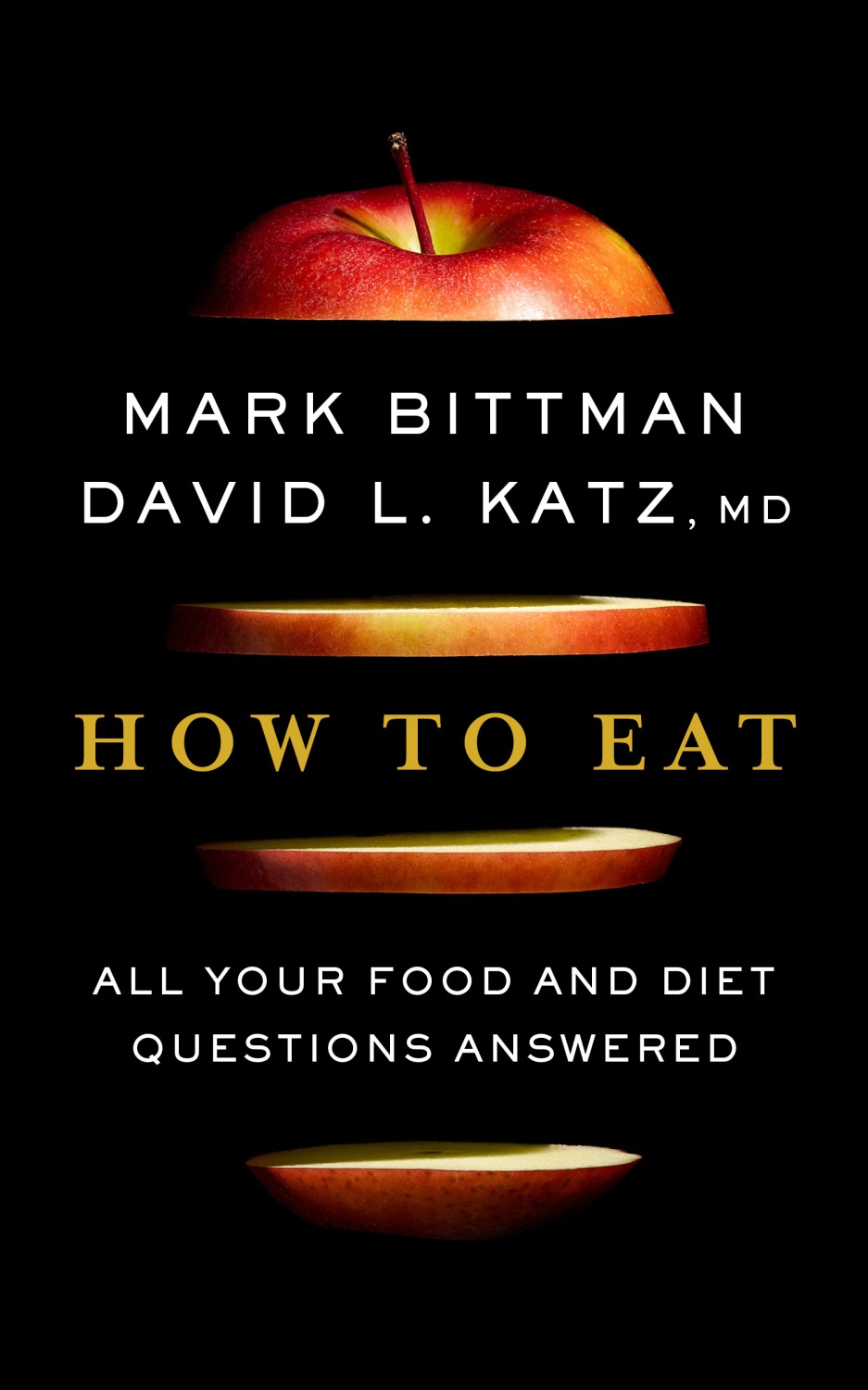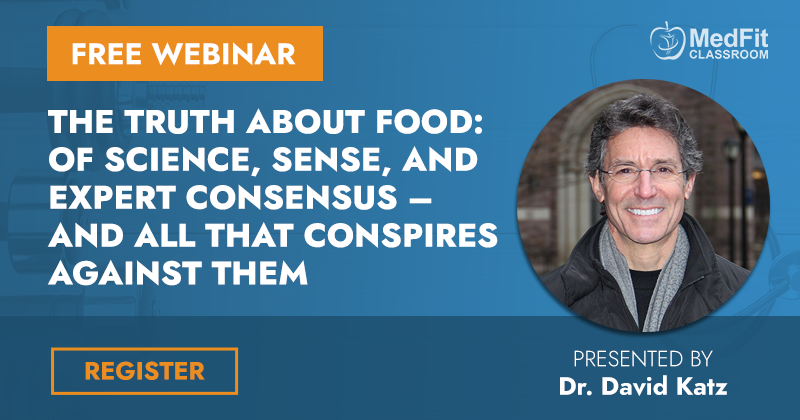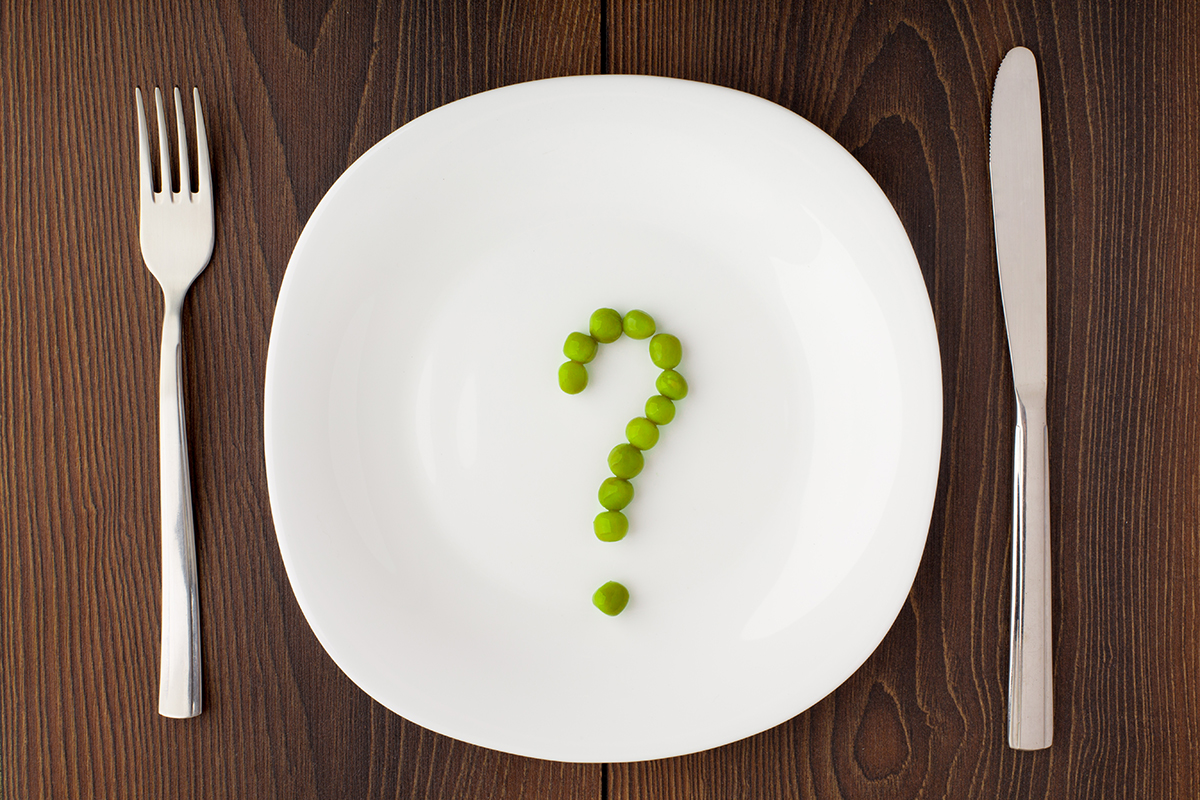What Makes a Diet “Good”?
When Mark Bittman and I were working on How to Eat, we spent several full days just talking through every question either of us had ever raised, or received, about all things food. For those who know the book, you will recognize its pedigree in this free-flowing discussion, for the book itself reads like pulling your chair up to our coffee table and joining in the conversation. Of course, the book offers a disciplined structure, the brevity of good editing, and a logical flow its parental chat all lacked- but still, the apple fell in proximity to the tree.
 Among the topics that consumed the most time was this: what one thing, above all else, makes a diet “good”?
Among the topics that consumed the most time was this: what one thing, above all else, makes a diet “good”?
We agreed on a one-word answer (with nothing but love for the famously apt seven from Michael Pollan), and I will share it momentarily. But first, let’s be careful about “good.” In our polarized world, with our cultural heritage of Manichaeism, “good” all too readily takes on moral overtones. Dietary guidance should not adorn the wag of an admonishing finger. Dietary guidance should not populate the bark of dogma, or be the scion of sanctimony. The “good” in question is of the “good is as good does” variety, not of the “good versus evil” variety. That distinction gets all too murky all too often in the opposing, self-righteous assertions that dominate the pop culture of this social media moment.
Diet good is as diet good does. What good is that?
First, diet tends to be good as a noun (as in “dietary pattern”), and far less good as a verb. When diet implies its gerund- “dieting”- there is little lasting good in the offing. I won’t belabor this, but a lot of truly “bad” ideas can work well for short-term weight loss, all but inevitably followed by weight regain with interest. There is so much wrong with “dieting” that the case could be made – indeed, I’ve made it – that “dieting” should die. We “di-et” alone, we live it- together. Together is better. Together would be good.
But what of that one-word answer? Our choice was: balance. No, not carbs; not saturated fat; not sugar; not sodium. Balance.
To be clear, this is not “balance” of the “all things in moderation” variety; that is a slippery slope toward all manner of dietary debacle. This is “balance” of the good causes require good effects variety, conjoined to a balanced view of what effects truly matter.
A dietary pattern is good if it represents the balanced array of nutrients from an assembly of wholesome foods, mostly plants, that serves our native adaptations. The critical balance is between dietary composition, and metabolic needs. Those vary, of course, by species; a balanced diet for wildebeest involves a lot of grass, while a balanced diet for lions may involve a lot of wildebeest. At its origins, food is about sustenance and survival, and those needs are bounded by the adaptations of a given kind of animal. Protest though we may, we humans are a kind of animal, with a particular suite of adaptations governing the fundamentals of our nutrition requirements.
There is a balance, as well, between health and pleasure. As many of you likely know, Mark, while famously knowledgeable about food systems, is perhaps best known as an expert cook and foodie. The pleasure factor of “good” food is an essential part of the requisite balance that reconciles concepts of how we “should” eat with how we prefer eating. There are bridges that can be built between loving food, and food that loves us back – and on the other side, a balance worth pursuing. Good food gives pleasure; so does good health. Other things being equal, healthy people have more fun. Take a moment, chew on that.
There is, too, a balance in perspective integral to any valid concept of “good” food. Can food be “good” if sourcing it is predicated on overt abuse and torment of our fellow creatures? Few if any decent people want gratuitous cruelty on their menu. Modern dietary patterns conceal a great deal of just that– to creatures that think and feel in all the ways the dogs and cats we call members of our families think and feel. That is an extreme expression of imbalance, a case of cognitive dissonance. The only way to account for behaviors that condone cruelty by people with consciences that renounce it – is a failure to acknowledge what should be common knowledge. Mass-producing animals on factory farms is an unbalanced assault on the sanctity of life.
We must, of course, be in balance with the rest of nature if we are to fill our plates and bellies but not empty the world of its great treasures: fish in the seas, birds in the air, the stunning breadth of biodiversity, pristine aquifers, open grasslands, teeming rainforests. Eating in balance with the competing requirements of a vital planet is not negotiable- for by any other means, we are eating not only our food, but our children’s food, too. When dinner as usual ruins the destiny of our own kind and all others, diet has gone “bad” by any valid connotation.

There is, in addition, the obvious: a “good” diet confers good health. This is intrinsically all about balance. For someone suffering from protein malnutrition, any concentrated source of protein would lead toward a better balance, and thus- be good. For those of us who routinely get far more protein than we need and far too little fiber, it is vegetables, fruits, legumes, and whole grains that tip balance toward the good. As a general rule, getting more of what we get in excess already, or less of what is deficient relative to the set points of adaptation, is movement toward imbalance, and thus bad for that (rather than a moral) reason. There is, for instance, nothing intrinsically pernicious about saturated fat or sodium- but more of these is “bad” when prevailing diets deliver them in excess.
Even sugar isn’t immanently “evil;” in its place, it might fuel the periodic requirements of fight or flight, or feed occasional and relatively innocuous delight. It is rendered decisively “bad,” however, by context, dose, and its contributions to hyperendemic obesity, insulin resistance, pre-diabetes, and their dire, downstream consequences, both chronic, and acute.
Kale and spinach are so good because modern diets deliver such a deficit of leafy greens. Even these, however, would lose their luster in a diet of only kale. Toward balance is good, toward imbalance is bad. This is universal.
We may concede that the willful engineering of addictive junk food, placing corporate profit ahead of public health, is an egregious imbalance in societal priorities. That is fundamentally bad.
Good and bad are…as good and bad do.
Accordingly, what’s good for the goose may not be what’s good for the gander, if the goose is starving as the gander succumbs to obesity, type 2 diabetes, and coronary artery disease. Balance is good for both goose and gander, but the means of redressing the existing imbalance will vary by circumstance.
Finally, “good” is at least partly in the palate of the beholder. Legitimate definitions of dietary good allow for variations in taste- often linked to upbringing, ethnicity, and experience. We don’t fuss over the fact that there is more than one good way to be physically active; we should accommodate the same, balanced perspective about eating.
So much of our discourse on diet is both unduly dogmatic and truly misguided. The prevailing inclination to adjudicate diet quality by invoking macronutrient thresholds- this much fat or that; that much carbohydrate or this- is nearly analogous to judging the merits of exercise by the color of your shoes. More on such macronutrient malarkey – among the great boondoggles of modern nutrition– next time. For now, suffice to say there is more than one way to eat badly- and modern society seems dedicated to exploring them all.
We are fortunate that where so much hangs in the balance- human health and pleasure, planetary health, the treatment of our fellow creatures, the sustainability of food production – “good” populates a confluence. We should not take this for granted; it might have been otherwise. If we were more like great cats- our dietary requirements would diverge from the imperatives of biodiversity and sustainability. We great apes can- if we honor the requisite balance- take good care of ourselves, and the rest of the planet, too.
That would be…good. Because while there are many variations on the basic theme of eating well, there is only one Earth.
Free Webinar with Dr. Katz
The truth about food – for the health of people and planet alike – hides in plain sight, like that infamous elephant in the room no one manages to see. Why is simple truth so hard to perceive? Why does it struggle to prevail?
Join Dr. Katz for this free webinar, The Truth about Food: Of Science, Sense, and Expert Consensus – And All that Conspires Against Them.

Article reprinted with permission from Dr. David Katz.
Dr. David Katz is a board-certified specialist in Preventive Medicine/Public Health. He is the Founder and CEO of Diet ID, a company advancing an entirely new way to assess and personalize nutrition, and working to make “diet” the vital sign it deserves to be; and President of the True Health Initiative, a non-profit advancing diet and lifestyle as the best of medicine where science, sense, and global expert consensus meet.

